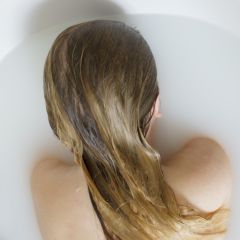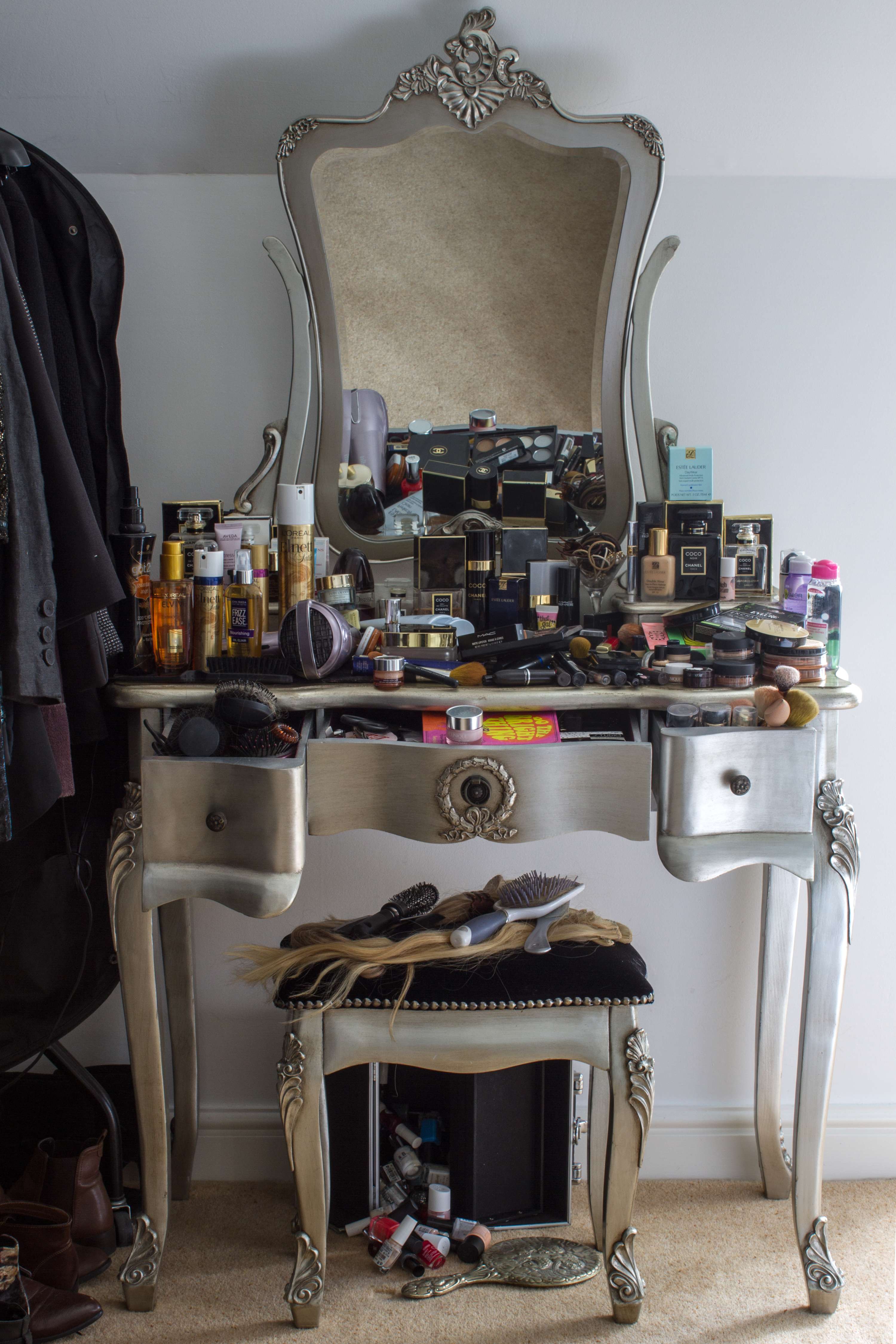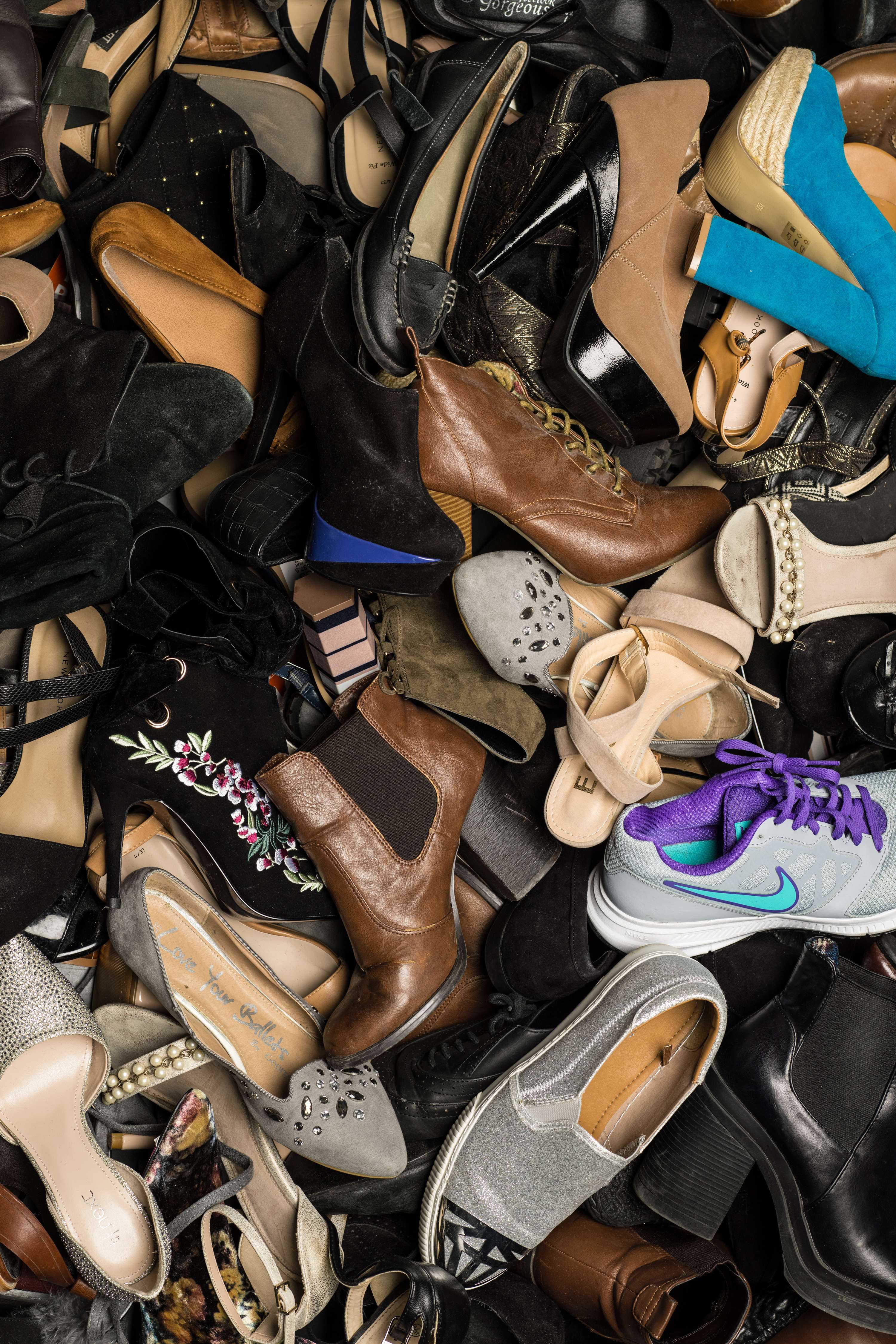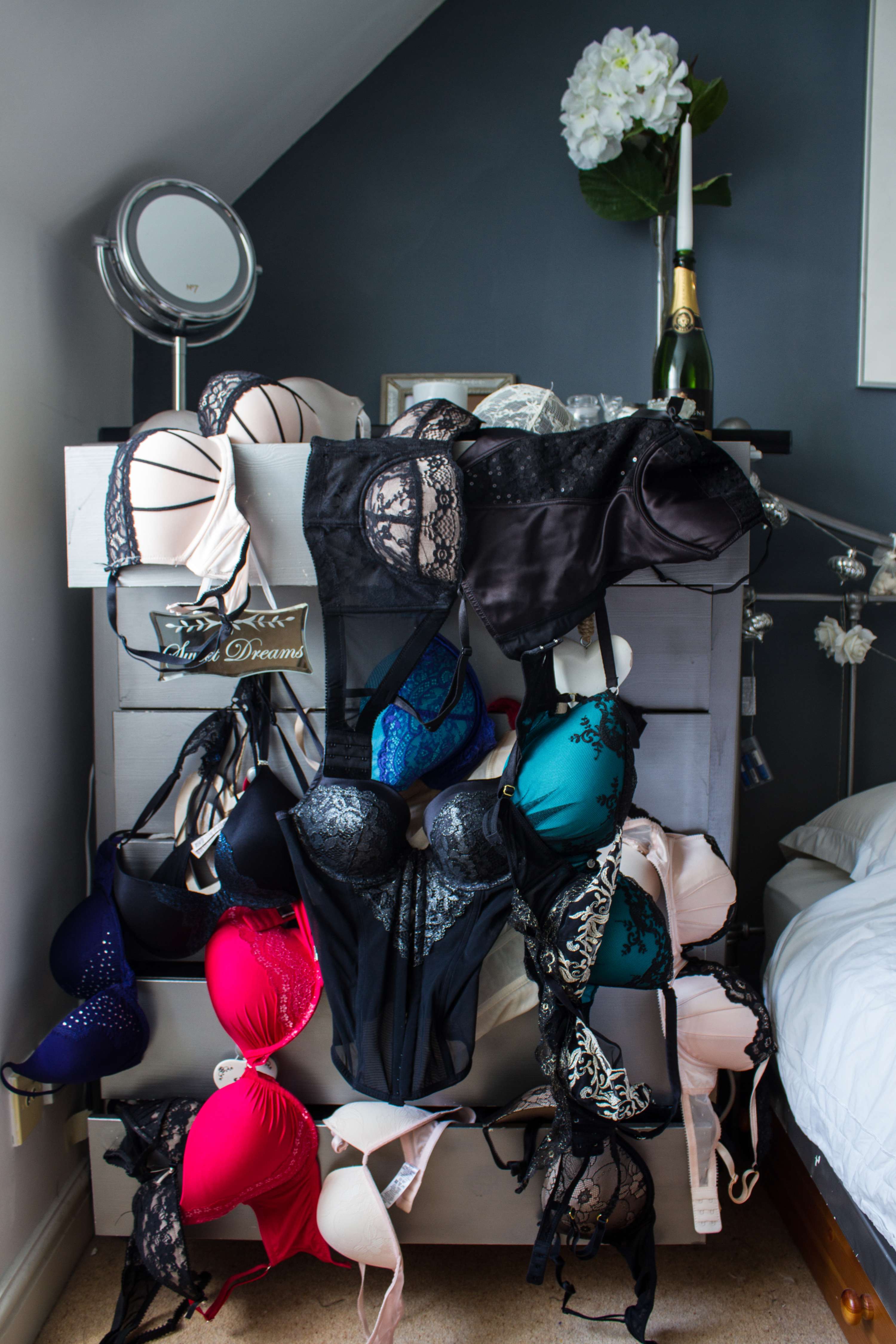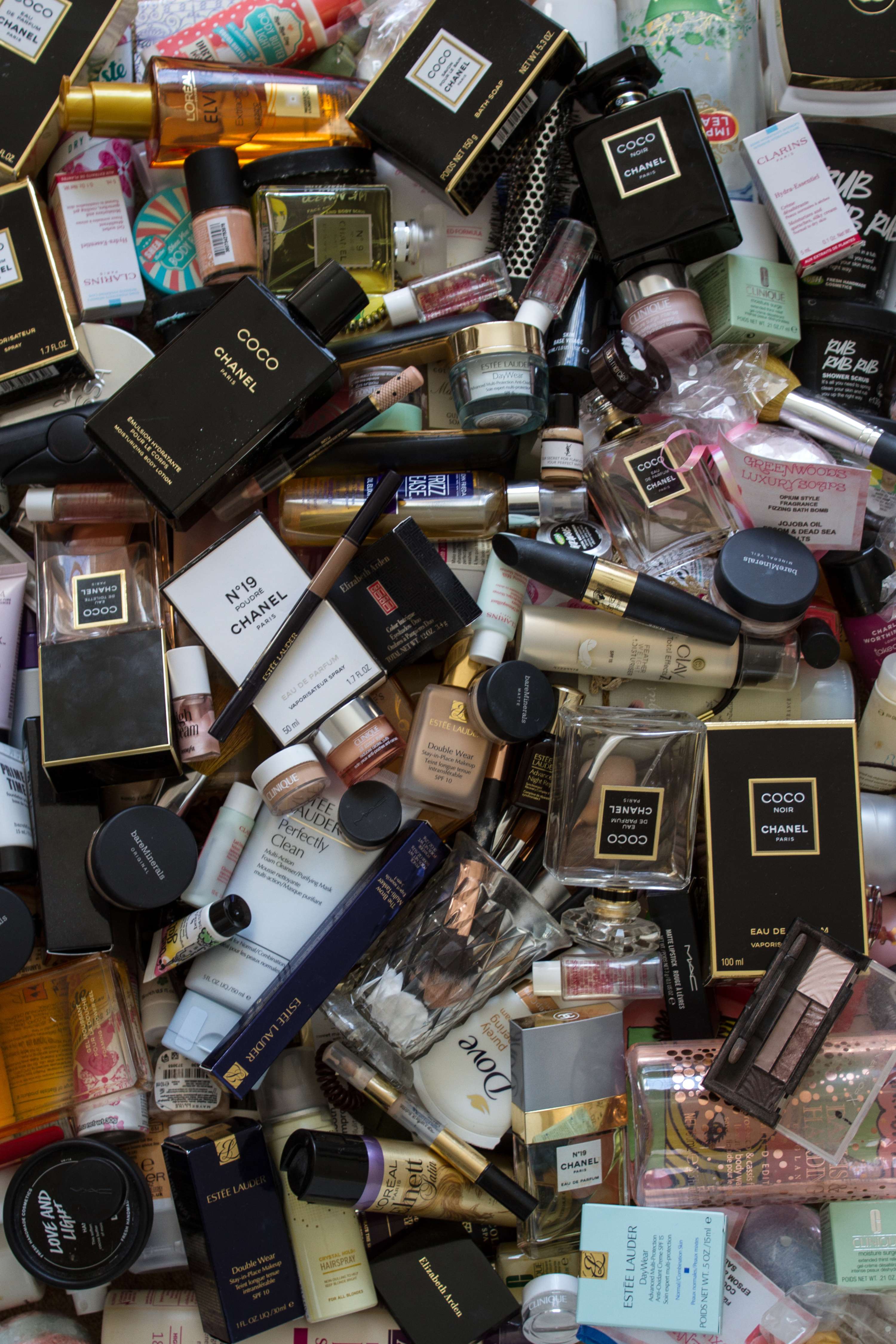Exploring and defining my own position, in an age of globalisation, mass consumption and capitalism.
Within previous projects I have explored and analysed societies role within a materialist, financially driven time. While I have been critical of the implications of this culture, I have been on my own personal journey, torn between values and status along with ethics and indulgence. Having a fortunate upbringing myself, whilst being exposed the lifestyles and habits of the super rich through my job, which had left me in ore and ever so slightly envious of such indulgence of high-end luxury, dreaming of such a life. Although I was envious, I was also shocked and horrified that clients owned handbags more expensive than the average house, and struggled to justify why someone could be entitled to such wealth when another cannot afford to eat.
So, where do I stand? I vote labour for equality of economic classes and because of my shared view of the wrongfulness of tax avoidance from elite individuals and conglomerates. But I own 108 pairs of shoes, a 12-foot rail of clothing that displays my rotational seasonal wardrobe, and own a pair of Chanel sunglasses that are worth more than my friend’s car.
I’ve volunteered at a food bank providing basic groceries for people that have nowhere else to go and no finance for the bare necessities to survive. I’ve organised a billionaires garment collections into sectioned brands, so she knows which of her 4 walk in wardrobes to stroll into when its more of a Saint Laurent than Balmain day.
My main aim over the duration of this project is to find place and peace with my own materialism and spending habits, which is hugely symbolic as my final project at university, prior to progressing in my career deeper into the industry.
Within my research I explored how apparel could be used to create a different visual form. The initial and obvious starting point in exploring and perhaps bravely acknowledging my consumerist ways was to start with my shoe collection, 108 pairs proudly displayed or stored away awaiting their rightful season. To have such a substantial shoe collection is something I am proud of, and embarrassed of. I started noting reactions when I brought up the vast collection within conversation to various colleagues, peers and friends. The most common initial reaction was shock, often a “wow” or a “how?” followed by differences in peoples considered reactions, from envy to aspiration to disapproval. Regardless of the negative reactions I am proud of my shoes, these forms of material that protect my feet, I’ve chosen each pair individually because they have stood out to me and I have told myself I cannot live without them, and they all have a story – well the majority I have now worn and have a memory or seemingly a purpose to them.
Reflecting on the growth of my collection there was a notable boom in numbers between 2014-2016, this timeframe was a particularly negative period of my life and although I find it difficult to acknowledge let alone write about, I feel it is a significant part of my life that contributes to my materialistic nature, and in order to succeed in a project of genuine self exploration and reflection I need to truly do so.
In 2009 at the age of 15 and a slender dress size 6 I embarked on first long term relationship. After 5 years we moved out of our family homes into our own place in the city. For the next two years I endured a psychologically abusive, turbulent and debatably one-sided relationship, and within the cocktail of various issues, was my weight. I layered on clothes to hide under, I avoided any event where I would have to make an effort, haunted by the thought of trying on endless outfits that would force me to acknowledge my body. But there was something I found solace with, shoes.
No matter how ‘fat’ I was, shoes would always fit, there was no crippling apprehension of disappointment or self-loathing when shopping for shoes. A light coloured pair wouldn’t make me look bigger like light jeans would. A statement pair wouldn’t highlight anything I was trying to hide, and accompanied with my regular dark clothes they drew the eye to my feet rather than my body. I felt good in them. They were pretty, it almost gave me the same feeling. I collected beautiful high heels knowing I wouldn’t wear them out, but they made me feel so good. As disappointing as it might sound to an anti-consumer activist, I found solace in shoes.
The realisation of my emotional attachment to shoes, and the confidence in my internal honesty, progressed my project further into avenues of my materialistic tenancies. Although I had originally planned to dissect and display my consumerism as a whole and had began shooting this, upon such admittance of my past insecurities and the traits I have carried with me, my project took a natural turn to focus on the items I now use to present a constructed-self to the world – my beauty products, my clothes, my accessories, my underwear and my shoes. All of which, not surprisingly, are substantial collections too. I was interested in how these items form figuratively and visually to represent me, which led me to create a series that focused on each category in 2 images – both their physical place in my life, and as a collective mound of materialistic items. This helped me distinguish a balance in my mind, that they do have a purpose and role within my life, but, they are ultimately just things.
In relation to all five categories of items I have focused on, I had a drastically negative or positive relationship with them within the mentioned traumatic years. Within the last 12 months of leaving that person, moving back home and rebuilding my life, I have seen my material habits change, but increase in some areas. A factor to consider is my reconstruction of confidence, encouraged by my newfound courage, along with embracing my body and finding strength as an independent woman for the first time in my adult life.
My body has seen many changes through the years, and following leaving my ex-partner I lost 3 stone, unintentionally, in 6 months. Now a size 12, a visual representation of my turbulent weight is my bras. Although I did admittedly purchase each bra for atheistic reasons, as any consumer would, justifiably the amount is due to my varying size. I keep all my bras, as I struggle to stay at a regular weight, and therefore my size is constantly decreasing and fluctuating.
Beauty products were never something I had interest in, I had a simple 5 piece make up bag containing staple Max Factor products that I’d replenish during my food shop. My skincare routine consisted of washing my face with soap, removing my minimal makeup with wipes and very occasionally moisturising my legs. My reality now is a lot different, I start the day with a Clinique facial wash and a Clarins gentle exfoliator in the shower, followed by Estee Lauder Daywear cream and Clinique’s eye cream. Then for a standard day, I coat my face with Mac primer and strobe cream, Estee Lauder Double Wear foundation and concealer. I then contour, blush and highlight my cheeks using a Benefit palette, shape and fix my brows with Estee Lauder’s Multitask brow pencil, and finish with basic Clinique mascara and a spray of Coco Chanel perfume. When the time comes to take it all off I use cotton pads soaked in Garnier eye make up remover, along with Clarins cleansing milk and toner. I bathe in Himalayan salts, whilst exfoliating and moisturising with gentle Lush products. Before bed, I smother my face in Estee Lauder recovery night serum and Clinique’s overnight moisture mask cream. On a day of a social occasion, my product usage is a lot broader, and my draws cater for any variables thanks to my intense consumer habits.
Reflecting as to why my beauty products have multiplied over the last year, in line with my new care and coat routine, I considered my relationship with beauty products prior to 2016. I had no confidence in the way I looked and would avoid looking in the mirror in fear of inducing more self-loathing. Occasionally I would gather the courage to wing on some eyeliner and maybe even a touch of eye shadow for date night with my ex-partner, only for him you dismiss my efforts, which regardless of his surely innocent intentions, left me feeling more foolish and conscious. Accompanied with various positives of leaving that relationship, was my growing acceptance of myself, and my body image. Perhaps my acceptance spurred excitement, exploring a world of possibilities when it came to presenting myself.
A result to follow my increased self-confidence was my heightened social life. I encouraged myself to accept every invitation to social gatherings and events, which only boosted my confidence further. I felt strong, independent and happy, I wanted this to come across in my attitude and appearance. My shopping habits changed, I was buying more colourful fitting apparel and looked forward to wearing it. I even stockpiled various outfits, waiting for spontaneous events to come up to wear them to. Along with a hoard of shoes and dresses for any type of evening out, my bag collection developed from a day bag majority, to an array of evening clutch bags. These images in particular, to an uninformed gaze, could hastily conclude connotations of millennial consumerism, but to me it represents my freedom and my choice to live.
In order to grasp my own consumerist traits, it was necessary to research and define consumerism in society. In the beginning stages of finalising my concept, I read a book by theorist Thorstien Velben, titled Conspicuous Consumption. His theory revolves around the concept of the leisure class, categorising their need to buy sought after expensive products, driven by rivalry and the need to impress, therefore labelled conspicuous consumers (Velben 1899). Which led me to Berry and Daston’s publication titled The idea of Luxury: A Conceptual and Historical Investigation, drawing on the desires of society, and the need of luxury over necessity (Berry and Daston 1994).
In an age of mass production and consumption, a product of globalisation and capitalist culture is materialism (King 2004). Our global economic market relies heavy on our conditioned need to spend, influenced by an industry selling constructed idealistic lifestyles and material aspirations (Steger 2013). Vastly beyond necessity, our culture thrives on the desire of material objects, as a form of status and momentary satisfaction (Sherry And Fescher 2011).
Psychology theorists view adolescent years a crucial time for the shaping of our behavioural patterns in adult life (Marcia 1966). A study, in the form of open-ended interviews, conducted on school children aged 12-13 and 16-17 years old, investigated teenagers habits of consumption and impressions of identify in relation to appearance, status and consumerism. It was found that clothing was a key aspect in identifying social grouping, with a view of materialist worth resulting in social gain and status. Intrinsic worth and the ability to acquire desirable products were viewed as the primary way to climb the social ladder. Consequently the inability to portray style, a lack of disposable funds and low social status contributed to the attribution of negative identity by those who had the resources to fill such criteria’s. Within the study, the subjects had strong concerns with fitting into social groups and thrived to wear popular brands, although were also mindful for being portrayed negatively as a conformist and sought to assert their individualism (Croghan 2006). Toder and Marcia’s later developed theory relates to the findings of Crogan’s study. The 1973 study relates to my own behaviour as a higher education female student, in relation vulnerability of peer influence and ego identity status, with considerations of conformity and pressure in portraying a desirable identity (Toder and Marcia 1973).
Consumer fashion is considered the ultimate endowment of capitalism. In relation to fashion and consumerism, the notion of self-aggrandisement is relevant in modern society as a tool of status enhancement, by expressing wealth and style through the purchase of on-trend apparel, which links to Croghan’s study of adolescents. Further to my upbringing and families considered social grouping, middle class, I fall into the bracket of vicarious consumers. Accessible fashion fed on the rise of bourgeois traditions and vicarious consumption in the nineteenth century, along with the expansion of the middle classes craving symbols of wealth and success (Ewen and Ewen 1992).
“It is a world defined by the retail (individualized) consumption of goods and services; a world in which social relations are often disciplined by the exchange of money; a world where it makes sense that if there are solutions to be had, they can be bought” Stuart Ewen 1992, p80
The intension of my series was to enable me to explore my materialistic tendencies in order to find resolution and peace with myself. Presented with the scale of my consumerism, I am overwhelmed with the reality of my tendencies. Though with this acknowledgment of my reality, I accept my hoarding as a coping mechanism for traumatic events that shaped my behaviour in my adolescence and early twenties. The project has enabled me to establish a healthier relationship with my own actions, and I accept these items are just things.
I used these items as a tool to find my place in society, after being lost for so long and trying finding my feet as an individual. The aspiration for status enhancement following a failed relationship drove me to items of intrinsic worth. Conscious of the news of my breakup being a huge headline in my social arena, I found escapism in success and achievement in other areas in my life, and an immediate projection of this connotation is physical appearance, so I used fashion to symbolise worth within mine and my ex-partners mutual friend circles.
Although my belongings participated in significant parts of my life, and earlier in the project I had given these credit for allowing me to find solace and my enhancement of self-confidence and image; I have progressed to the mind-set that although these items were present on my journey, I in fact found my own courage, strength and independence and cannot praise anyone or anything but myself for that.
Consumerism is relevant in each of our lives. I hope to encourage reflection and resolution for others, with my series Consumed.
BERRY, C.J. and L. Daston, 1994. The idea of Luxury: A Conceptual and Historical Investigation. New York: Cambridge University Press
BRIGHT, S. 2011. Art photography now. London: Thames & Hudson
COTTON, C. 2015. The photograph as a contemporary art. London: Thames & Hudson
EWEN, S. and E. EWEN, 1992. Fashion and Democracy. 2nd ed. Channels of Desire: Mass Images and the Shaping of American Consciousness. Minneapolis: University of Minnesota Press
KING, A.D., 2004. Spaces of global cultures architecture urbanism identity. London: Routledge
KRUGER, B., 1993. Remote Control: Power, Cultures, and the World of Appearances. Massachusetts: MIT Press
KRUGER, B., 2010. Barbara Kruger. New York: Rizzoli
LUCIE-SMITH, E. 2012. The Thames & Hudson dictionary of art terms. London: Thames & Hudson
ROCAMORA, A. and A, SMELIK., 2016. Thinking Through Fashion: A Guide to Key Theorists. London: I.B. Tauris
SHERRY, J. and E. FISCHER, 2011. Explorations in Consumer Culture Theory. London, Routledge
STEGER, M.B., 2013. Globalization : a very short introduction. Oxford: Oxford University Press
VELBEN, T. 2005. Conspicuous Consumption. London: Penguin
Croghan, R., Griffin, C., Hunter, J. and Phoenix, A., 2006. Style Failure: Consumption, Identity and Social Exclusion. Journal of Youth Studies, 9 (4), pp. 463-478. MARCIA, J. 1966. Development and validation of ego-identity status. Journal of Personality and Social Psychology. Vol 3(5), p. 551-558.
TODER, N and J. MARCIA, 1973. Ego identity status and response to conformity pressure in college women. Journal of personality and social psychology. Vol:26 iss:2 p. 287 -294
Wolfgang Tillmans, 2017. Exhibition [visited 11/03/17] London: Tate
The Critical Eye, 2017. Exhibition [visited 11/03/17] London: Tate
